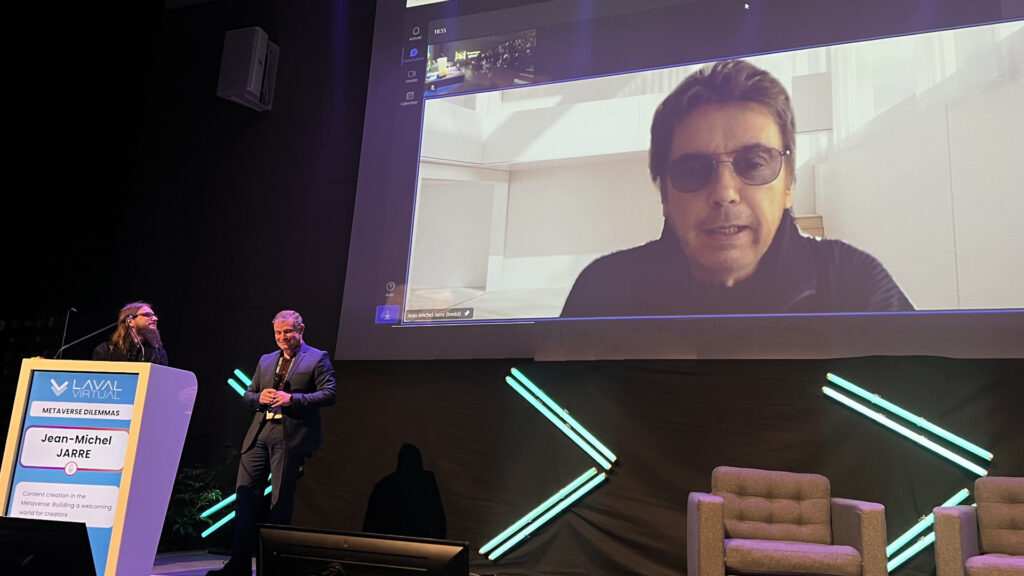Do Metaverses and XR Innovations Converge? Uncover the Future at Laval Virtual’s 25th Event.
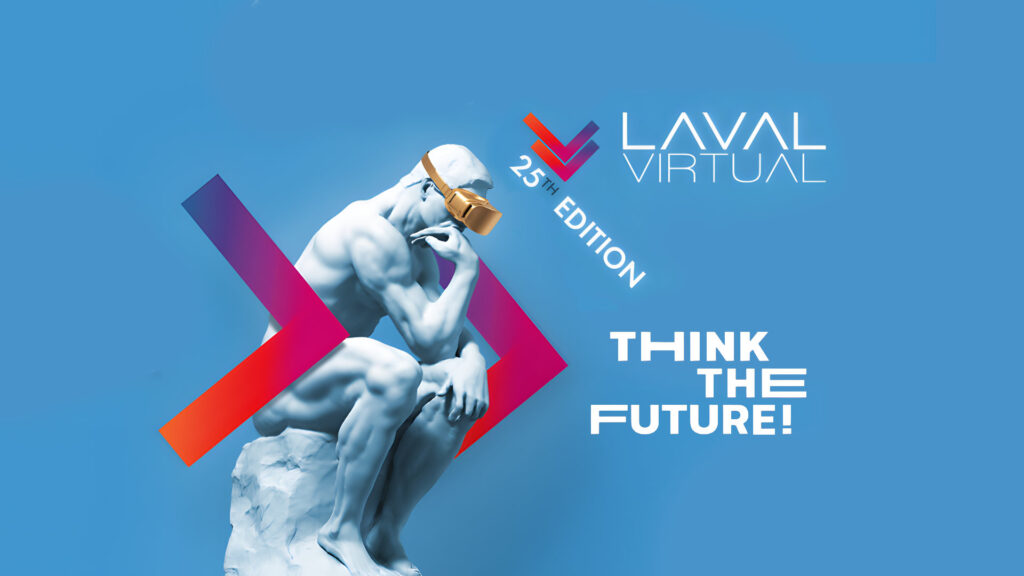
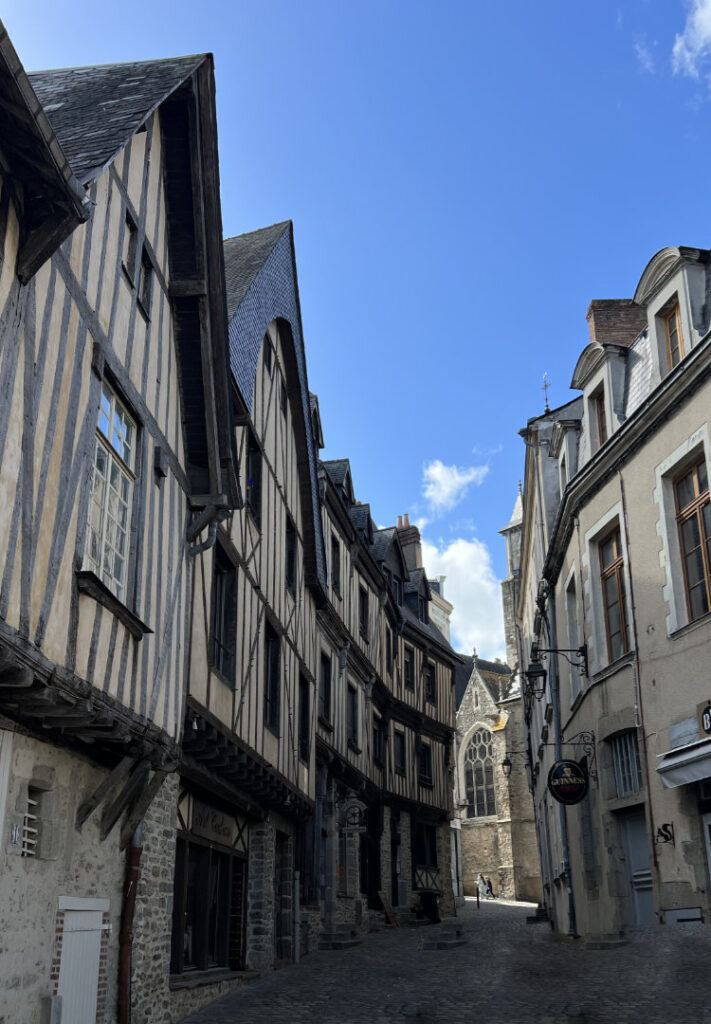
The small city of Laval (One hour and a half train-ride from Paris) hosted the 25th edition of Laval Virtual, a unique, unpretentious, and endearing event that has grown into a must-attend gathering for industry professionals in virtual reality (VR), augmented reality (AR), and extended reality (XR). Laval is only an hour and a half train-ride awayWe had an amazing time at the event and we’re excited to share some of the cool things we experienced.
Exciting demos & talks
First, we chatted with a very inspiring industry leader, David Castañeda, he’s been working in the XR space for decades with his co-founder at Visionaries 777. He showed off Inspekly, a super user-friendly platform that will change how retail brands handle tasks and training. With just an iPad and a sensor, anyone can create a digital twin for remote task assignments.
We also got to see Gregory Dreier from Reality Academy demonstrate a virtual training setup. Smart analytics, adaptive learning, and cutting-edge VR tech come together for a personalized experience. Immersive experiences help learners better understand and remember information, as they actively participate in the learning process rather than passively consuming information.
We were happy to explore the Move.ai to discuss our upcoming project using their no-fuss motion capture app which only needs two iphones (and no green screen)! It’s a game-changer, and we can’t wait to reveal in our next event Non Fungible conference in Lisbon, together with The Sandbox. Kent Bye from the Voices of VR podcast shared his thoughts on surveillance and privacy concerns in XR, urging us all to be responsible developers and users.
Bye also emphasized the importance of addressing privacy concerns and ethical implications in the XR space. There is a major risk that there could be misused for surveillance and data collection purposes. This potential dark side of XR highlights the need for developers, companies, and policymakers to work together to establish clear guidelines, regulations, and best practices that safeguard user privacy.
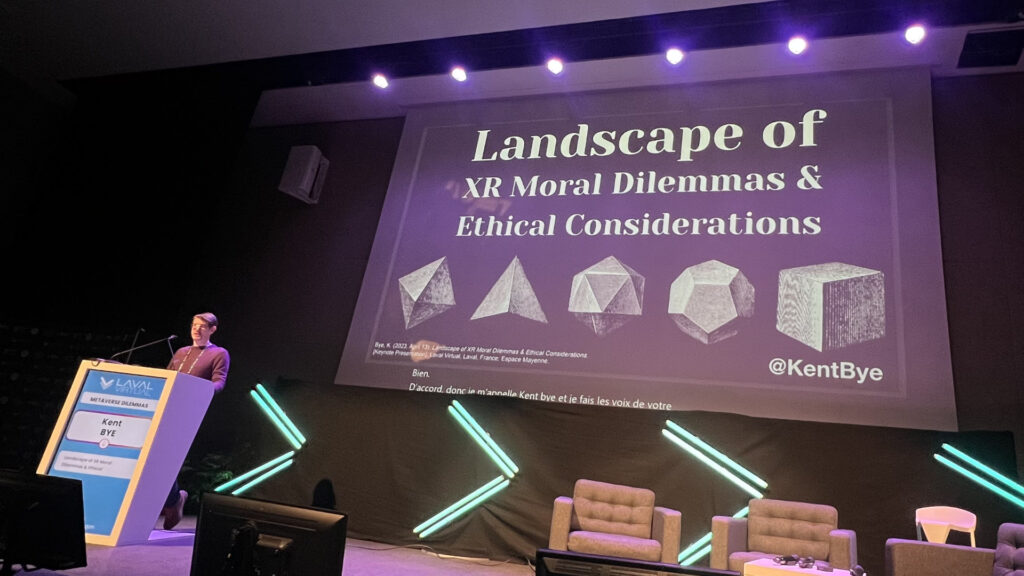
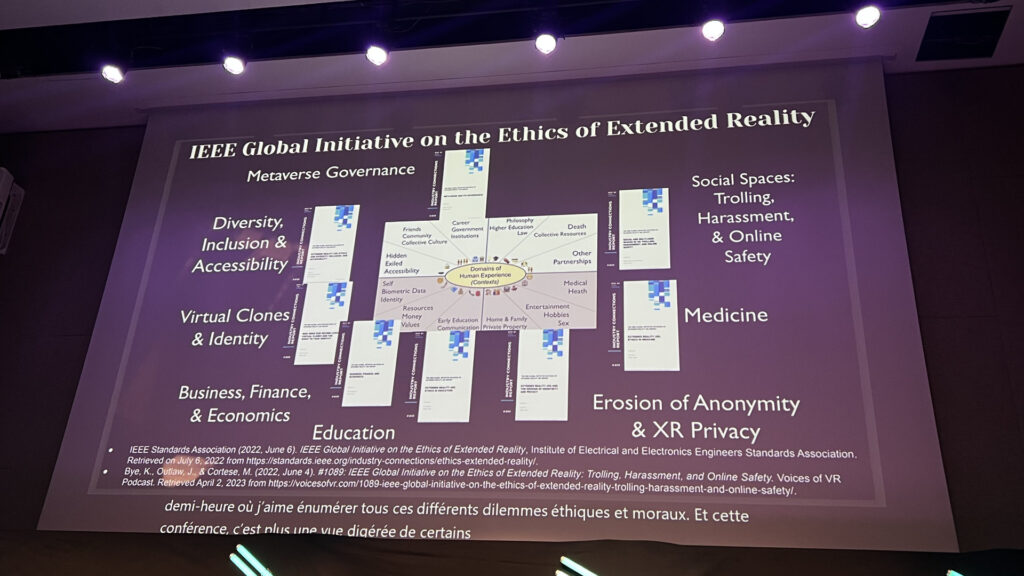
Kent Bye’s thought-provoking discussion served as a vital reminder that as we embrace the exciting possibilities of XR, we must also be vigilant in ensuring that these technologies are developed and deployed responsibly to protect the interests of all users.
Art Exploration Reimagined: Geo-Localized Apps for Art Lovers
Having created the “être Soie” exhibition in the metaverse for the Museum of Textile, we were eager to explore alternative approaches to art discovery and interaction. With this in mind, we were thrilled to try two geo-localized apps, BavArt and Wintor, that redefine the way we engage with and experience art. Both were set-up in the “Start-up” section (our favourite).
These platforms provided valuable insights into diverse methods for art exploration, expanding our perspective on the potential of immersive technologies.
BavArt, a french company, connects art enthusiasts with nearby public art and exhibitions, generating a custom map, detailed info, and user reviews. It fosters a dynamic art community.
Wintor uses AR to let users virtually explore global art collections. View 3D scans of famous artworks and learn about their creators while “placing” them in your space using AR.
BavArt and Wintor reveal the potential of geo-localized apps in making art more accessible and engaging. They offer unique ways to connect with art, expanding horizons and igniting creativity.
Connecting the Metaverse on Web3 to XR: A New Frontier for Immersive Experiences
Lastly, we talked about the connection between the metaverse and XR technologies. It’s a fascinating frontier, offering endless opportunities for decentralized digital spaces, user empowerment, and collaboration.
The metaverse and extended reality (XR) technologies have the potential to converge, creating an innovative, immersive, and decentralized digital landscape. By integrating the metaverse with XR technologies like virtual reality (VR), augmented reality (AR), and mixed reality (MR), we can unlock new possibilities for user interactions and experiences. Here’s a few possible connections:
- Decentralized Digital Spaces: Web3’s decentralized nature allows for the creation of diverse and independent virtual environments within the metaverse, owned and governed by the users themselves. By integrating XR technologies, these spaces can offer immersive experiences, enabling users to explore, socialize, and collaborate in entirely new ways.
- Interoperability and Asset Ownership: Web3’s blockchain backbone enables the secure and transparent transfer of digital assets across different platforms. As a result, users can own, trade, and use their virtual assets (e.g., avatars, clothing, or virtual real estate) across multiple XR experiences within the metaverse, providing seamless integration and interoperability.
- User Empowerment and Privacy: With Web3’s focus on decentralization, users have more control over their data and digital identities in the metaverse. Coupled with XR’s immersive capabilities, this empowers users to engage in a more authentic and personalized manner, while retaining control over their privacy and security.
- Creation and Collaboration: As the metaverse on Web3 grows, users will have access to tools and platforms for creating and sharing immersive content, as well as collaborating on XR projects. This empowers content creators, developers, and users to work together in shaping the metaverse’s future.
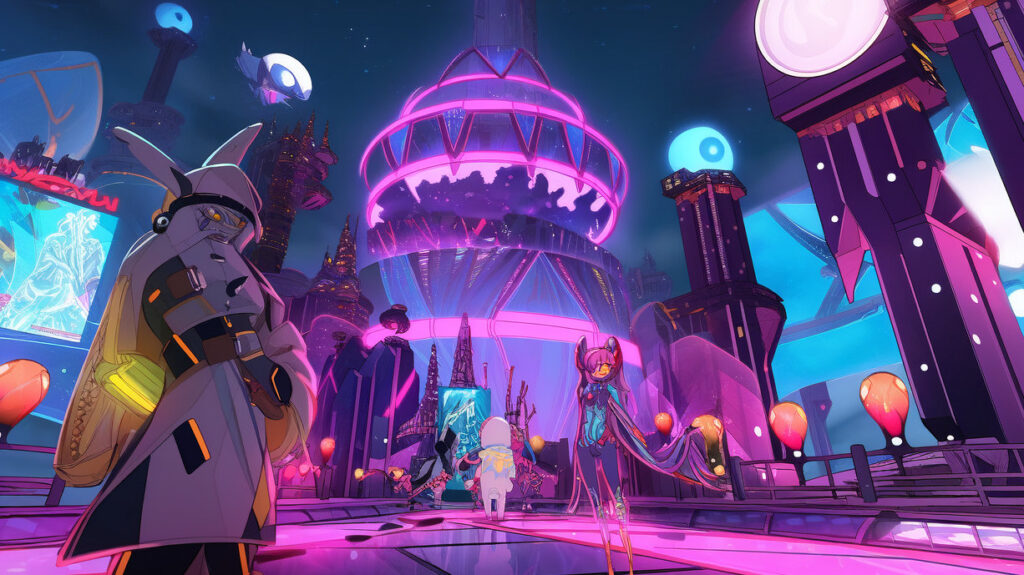
Alternatives to the Metaverse and Web3
No need to worry, we’re simply offering alternative terminology to consider when discussing the digital world’s evolution. Consider using “virtual space” and “trusted web” as alternatives to “metaverse” and “web3” when discussing digital evolution. These terms emphasize accessibility, interoperability, privacy, and security in next-gen online interactions.
“Virtual space” refers to interconnected digital environments for activities like socializing, gaming, and working, promoting diversity and competition among platforms. The “trusted web” prioritizes user-friendliness, privacy, security, and transparency, fostering trust and addressing data privacy concerns.
In conclusion, Laval Virtual is an inviting and approachable event, offering a warm atmosphere for those keen on reconnecting with industry friends and engaging with newcomers. It’s a place where you can have meaningful conversations and create connections. While it may not be the top spot for uncovering the latest cutting-edge tech, it definitely delivers outstanding networking opportunities.
